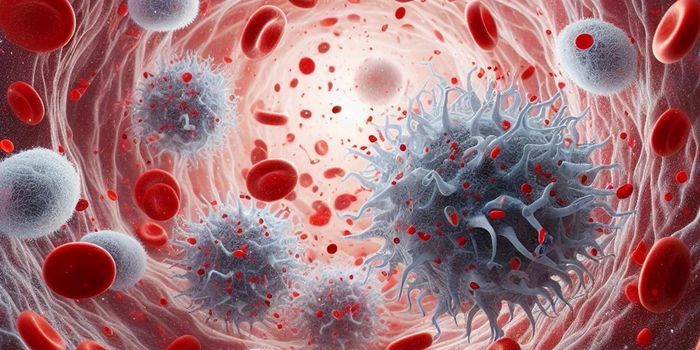Predicting Death with Clinical Immune Indicators
Immune and inflammation status could help doctors predict which individuals are most at-risk for death. Results from a new study mark the first step toward linking biomarkers of health with specific diseases and therapeutic targets.
Researchers made use of data from the 1999-2010 National Health and Examination Survey (NHANES) - including more than 31,000 participants - to study the ability of immune and inflammatory clinical indicators to predict human health outcomes. Senior author Jarrod Dalton, PhD, described the study as “investigating the predictive power of components of a patient’s white blood cell count.”
White blood cell count is a clinical indicator of health and part of the normal blood work completed during a typical health exam. The study found that low levels of one type of white blood cells, called lymphocytes, is linked with death from heart disease, cancer, and respiratory infections like influenza and pneumonia. The connection between these diseases and low lymphocyte levels, or lymphopenia, held true regardless of age, other blood-based immune markers, and clinical risk factors.
Lymphocytes make up anywhere from 20 to 40 percent of all white blood cells and include B cells, T cells, and natural killer (NK) cells. Important for the immune response to infection, lymphocyte levels can be abnormally low as a result of underproduction, cellular destruction, and spleen or lymph node blockages. Conditions like AIDS are a type of lymphopenia that is acquired rather than genetic.
The link between lymphopenia and mortality grew in cases where patients also presented with other blood abnormalities. This included elevated red blood cell distribution width and C-reactive protein levels, an indicator of inflammation.
Scientists are still working to elucidate the physiological mechanisms linking these biomarkers to specific diseases. After that, scientists can develop targeted therapies.
In the meantime, explains co-author Sadeer Al-Kindi, MD, they can “design systems that allow physicians to use pragmatic immune status indicators to ensure that the 10-20% of the general population at highest risk for mortality do not fall through the cracks of routine preventive care and early detection services."
Sources: Cleveland Clinic, JAMA Network Open, National Heart, Lung, and Blood Institute








